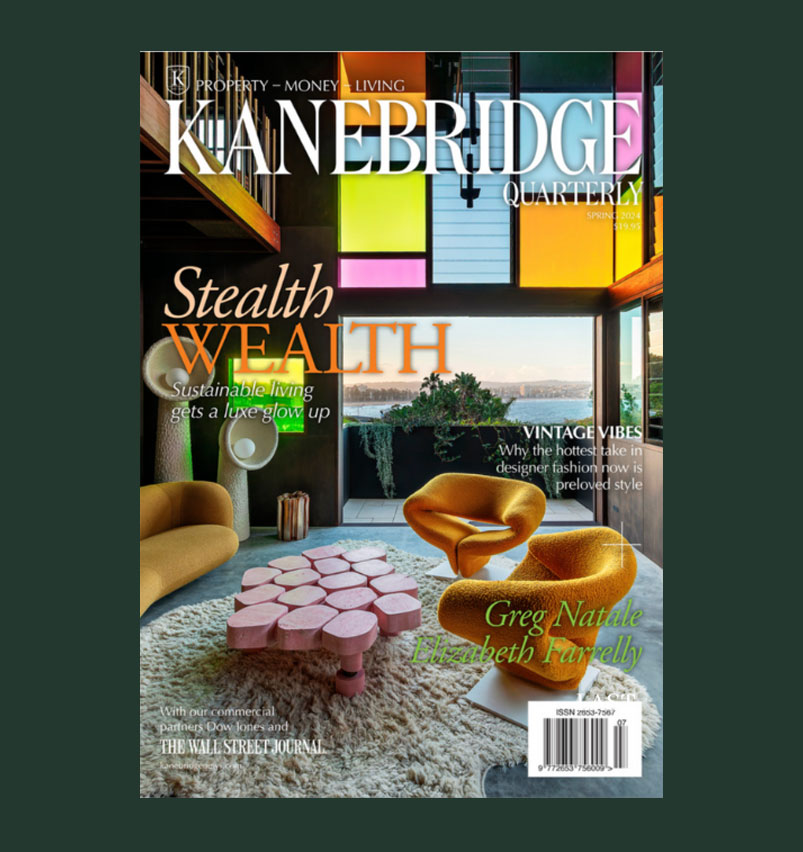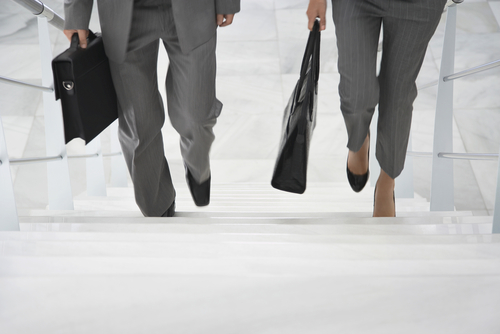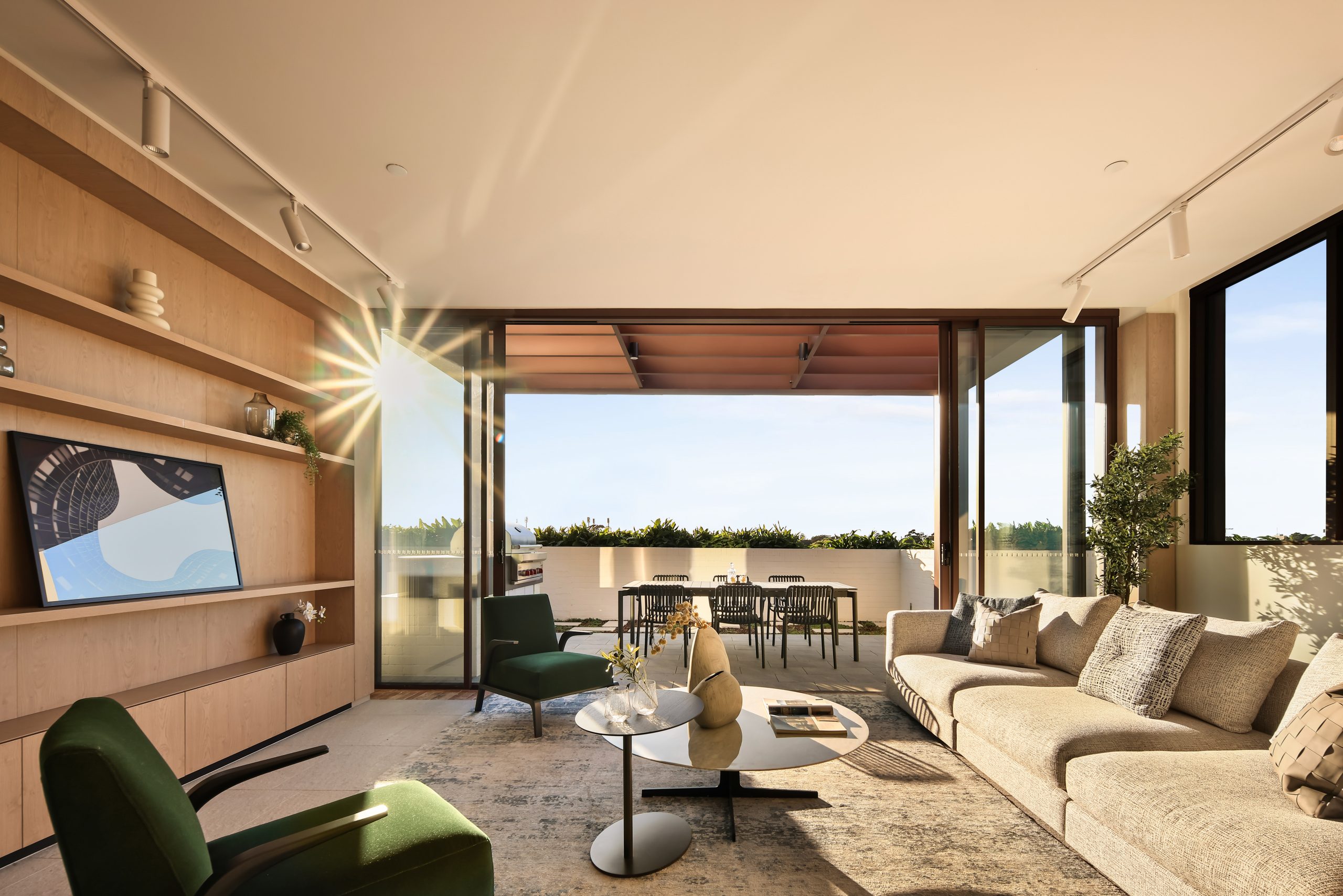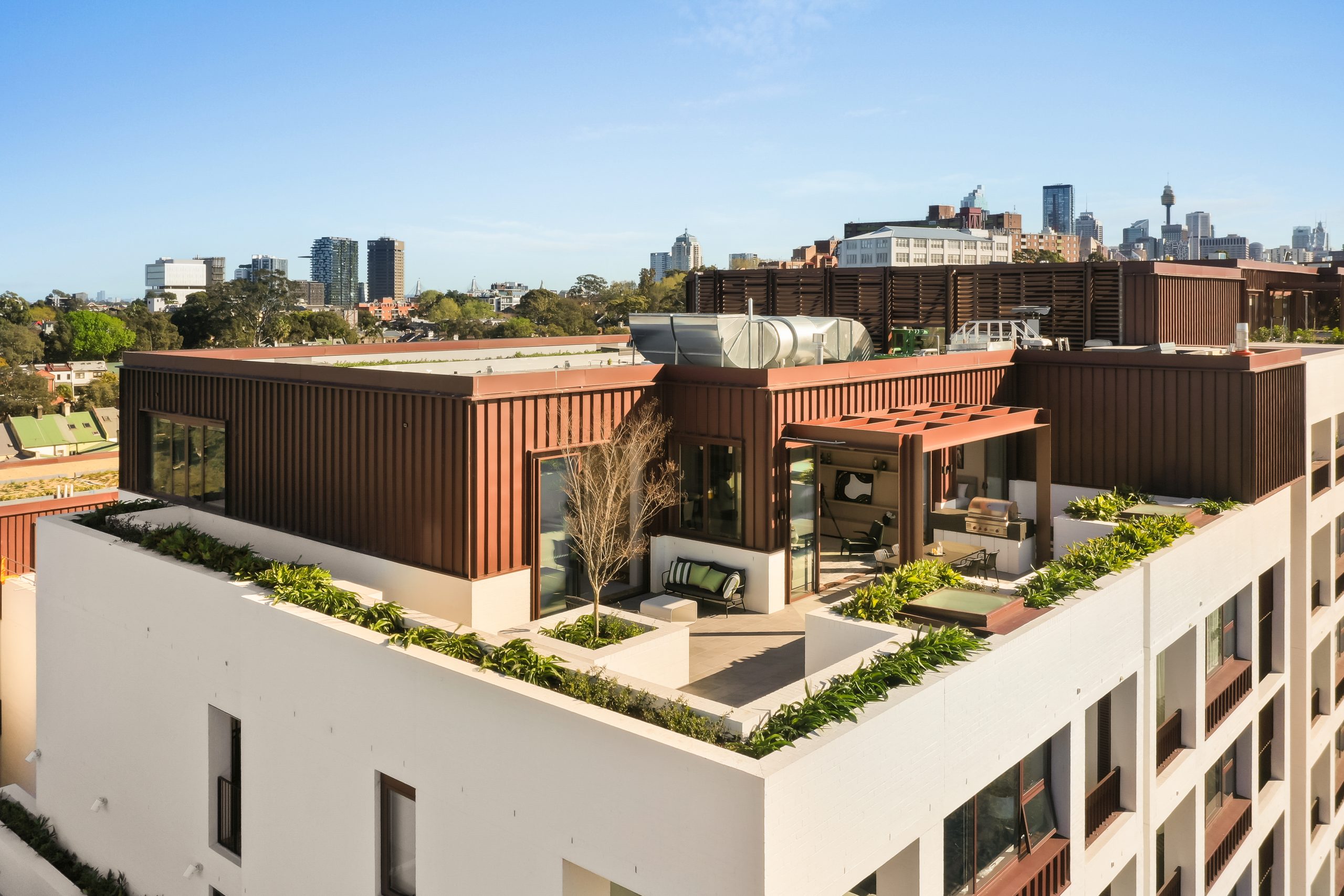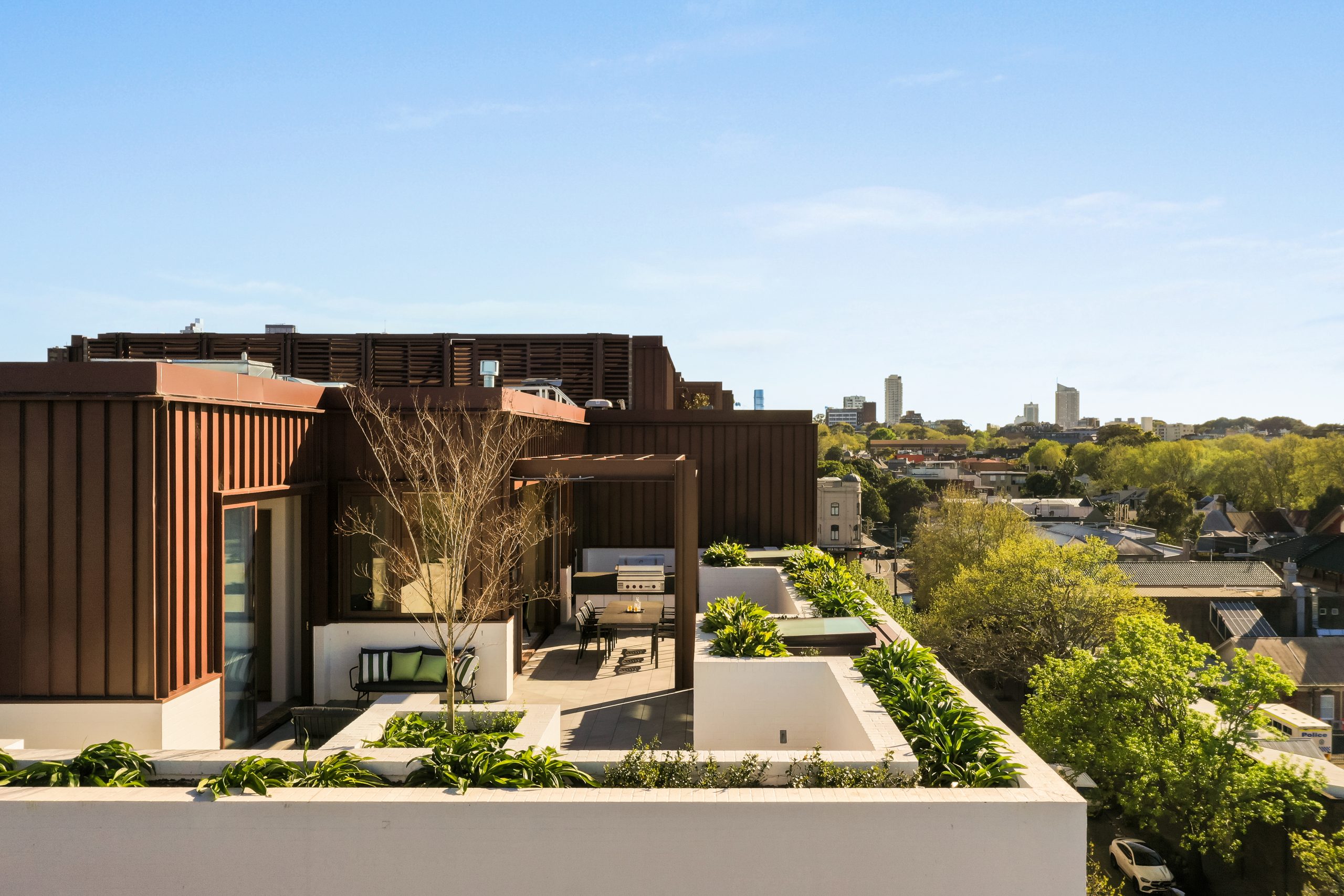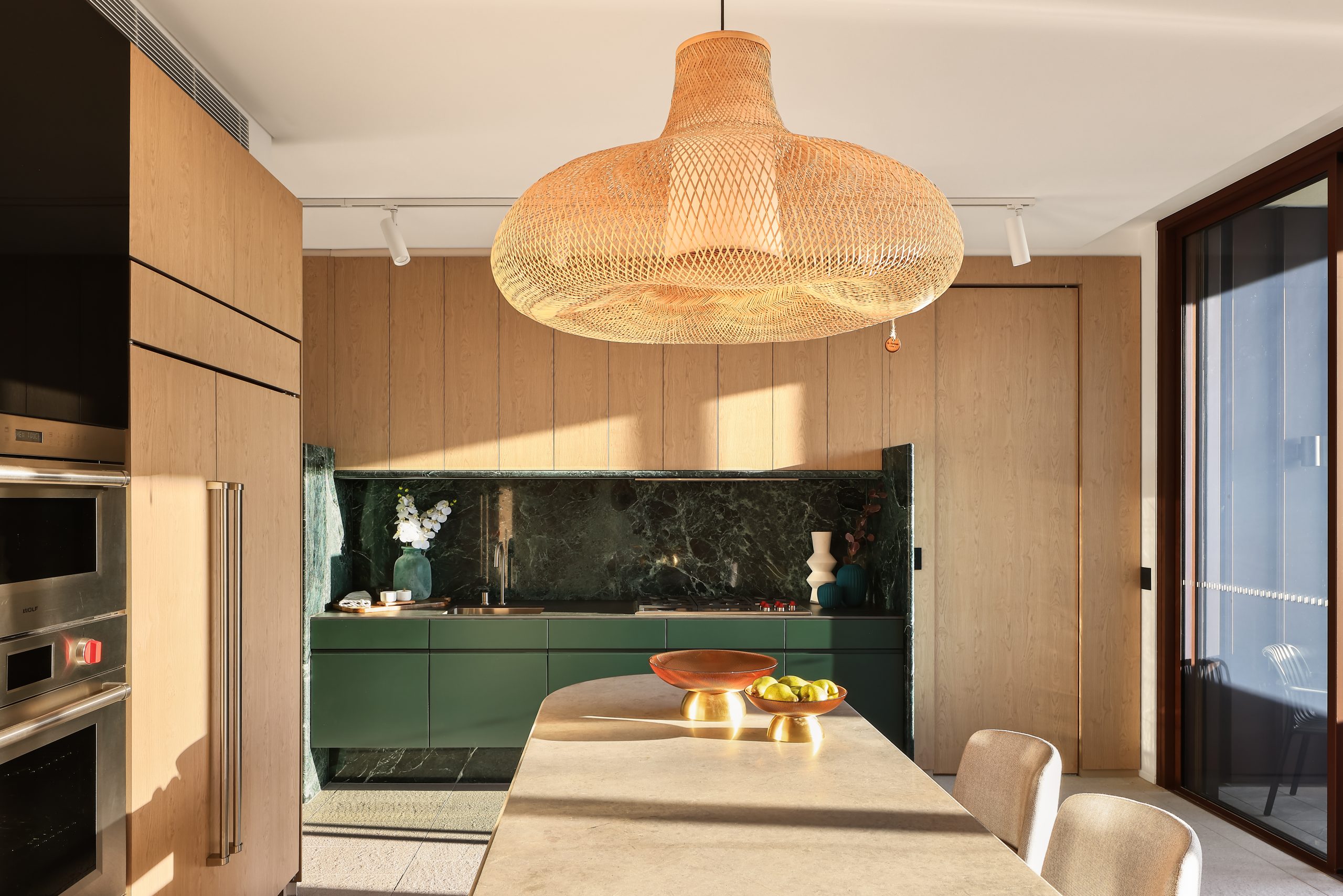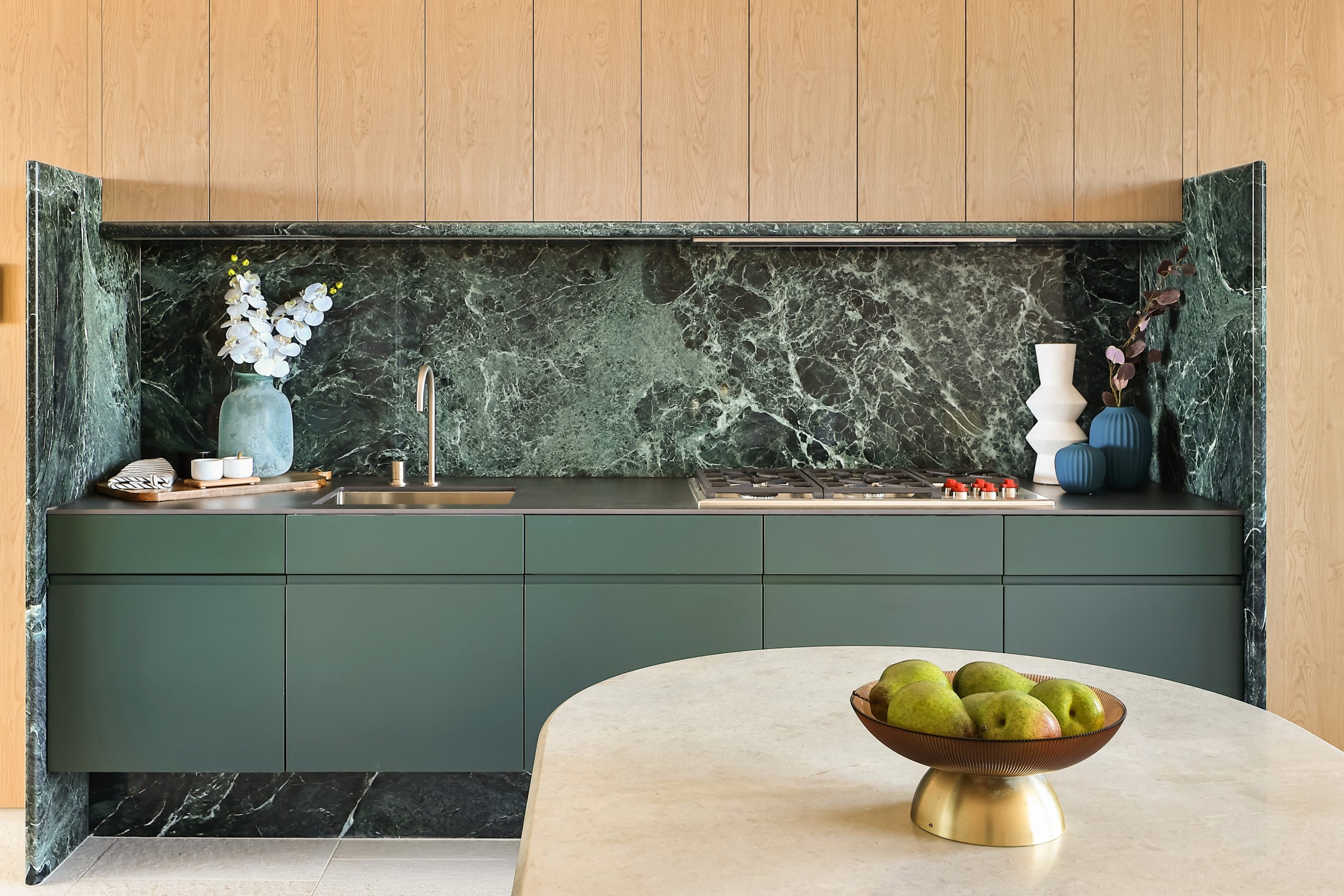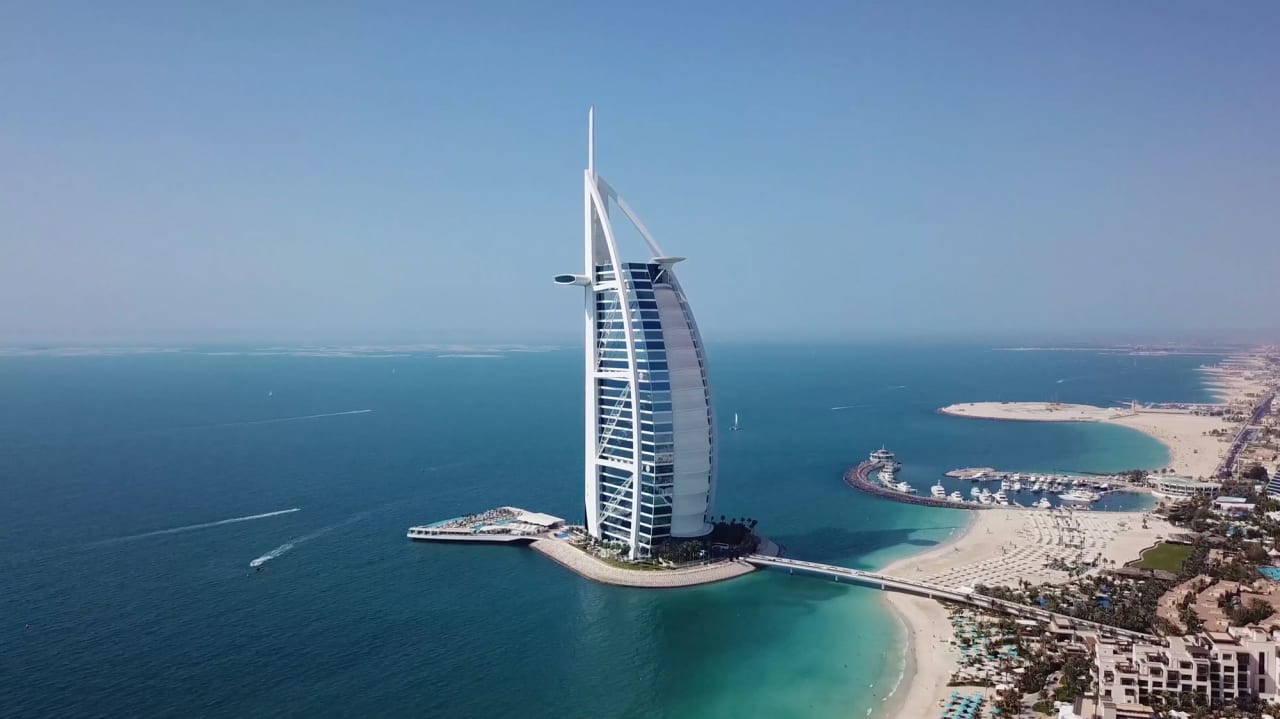The price women pay: less savings, less super and more financial stress than men
The average aspiring female property purchaser needs to work three more years than a man to accumulate a 20 percent deposit for a house, a new report has shown
Australian women are facing more financial stress than men, with the cost-of-living crisis and high interest rates pushing more than 7 million women into financial difficulty, a new report by Finder shows. Women also have less savings, superannuation and fewer investments than men, and six in 10 Australian women say they are enjoying life less than they were a year ago due to money worries.
As International Women’s Day gets underway on Friday, Finder’s personal finance expert, Sarah Megginson, said cost of living pressures are having an outsized impact on women. “Millions of women have found themselves experiencing higher levels of financial worry, especially as rents and mortgages have soared, putting a lot of pressure on your budget.”
The report found 69 percent of women are experiencing financial stress today compared to 49 percent of men. Housing expenses are causing the most strain, with 42 percent of female homeowners finding it hard to make their home loan repayments compared to 32 percent of men. Due to women earning less, the average aspiring female property purchaser needs to work three more years than a man to accumulate a 20 percent deposit for a house. Among renters, 48 percent of women surveyed by Finder are struggling to pay the rent compared to 40 percent of men.
Women also have 53 percent less cash savings than men. The average woman has $22,680 in savings and puts away $551 a month. The average man has $48,087 saved and squirrels away $832 per month. In January 2022, women had 15 weeks’ worth of savings. Two years later, this has fallen to less than 13 weeks, while men’s savings have marginally increased from 17.9 weeks’ worth to 18.3 weeks now.
Making ends meet for the basics of life means women are investing less than men, Ms Megginson said. The average Australian male investor has $88,775 invested in shares, which is double that of the average woman, who has $45,125 invested.
“The outsized impact of cost of living pressures on women has likely restricted their ability to invest,” Ms Megginson said. “Right now, the focus is on immediate needs – housing, everyday bills and groceries – which means longer-term wealth building gets put on the back burner. The research shows us that women are actually really great at keeping their debt levels down and saving – they generally outperform men in this regard. Still, their long-term wealth suffers.”
Last month the Federal Government released the first gender pay gap report comparing the wages and salaries of men and women employed at nearly 5,000 private sector companies. The results show that 50 percent of employers have a gender pay gap of more than 9.1 percent, and 62 percent of median employer gender pay gaps are more than five percent and favour men.
Diana Mousina, deputy chief economist at AMP, said that while unconscious gender biases in the workplace exist, other factors also contribute to the gap. This includes a lower female labour participation rate of 62.6percent compared to 71.1 percent for men, and a higher proportion of women working part-time. This is largely due to women taking a greater share of child care responsibilities within families. Women also dominate lower–paid industries that offer more flexible hours, such as health care and social assistance, while men dominate the lucrative construction, mining and energy industries where there is higher risk and less flexibility.
Ms Megginson said women retire with far less superannuation than men. The latest data published by the Australian Taxation Office shows men had about 20 percent more in superannuation than women on 30 June 2021. Yesterday, Federal Labor announced it would pay superannuation on top of government-funded paid parental leave from 1 July 2025 if it wins the next election.
This stylish family home combines a classic palette and finishes with a flexible floorplan
Just 55 minutes from Sydney, make this your creative getaway located in the majestic Hawkesbury region.
A Sydney site with a questionable past is reborn as a luxe residential environment ideal for indulging in dining out
Long-term Sydney residents always had handful of not-so-glamourous nicknames for the building on the corner of Cleveland and Baptist Streets straddling Redfern and Surry Hills, but after a modern rebirth that’s all changed.
Once known as “Murder Mall” or “Methadone Mall”, the 1960s-built Surry Hills Shopping Centre was a magnet for colourful characters and questionable behaviour. Today, however, a $500 million facelift of the site — alongside a slow and steady gentrification of the two neighbouring suburbs — the prime corner property has been transformed into a luxury apartment complex Surry Hills Village by developer Toga Group.
The crowning feature of the 122-apartment project is the three-bedroom penthouse, fully completed and just released to market with a $7.5 million price guide.
Measuring 211sqm of internal space, with a 136sqm terrace complete with landscaping, the penthouse is the brand new brainchild of Surry Hills local Adam Haddow, director of architecture at award-winning firm SJB.
Victoria Judge, senior associate and co-interior design lead at SJB says Surry Hills Village sets a new residential benchmark for the southern end of Surry Hills.
“The residential offering is well-appointed, confident, luxe and bohemian. Smart enough to know what makes good living, and cool enough to hold its own amongst design-centric Surry Hills.”
Allan Vidor, managing director of Toga Group, adds that the penthouse is the quintessential jewel in the crown of Surry Hills Village.
“Bringing together a distinct design that draws on the beauty and vibrancy of Sydney; grand spaces and the finest finishes across a significant footprint, located only a stone’s throw away from the exciting cultural hub of Crown St and Surry Hills.”
Created to maximise views of the city skyline and parkland, the top floor apartment has a practical layout including a wide private lobby leading to the main living room, a sleek kitchen featuring Pietra Verde marble and a concealed butler’s pantry Sub-Zero Wolf appliances, full-height Aspen elm joinery panels hiding storage throughout, flamed Saville stone flooring, a powder room, and two car spaces with a personal EV.
All three bedrooms have large wardrobes and ensuites with bathrooms fittings such as freestanding baths, artisan penny tiles, emerald marble surfaces and brushed-nickel accents.
Additional features of the entertainer’s home include leather-bound joinery doors opening to a full wet bar with Sub-Zero wine fridge and Sub-Zero Wolf barbecue.
The Surry Hills Village precinct will open in stages until autumn next year and once complete, Wunderlich Lane will be home to a collection of 25 restaurants and bars plus wellness and boutique retail. The EVE Hotel Sydney will open later in 2024, offering guests an immersive experience in the precinct’s art, culture, and culinary offerings.
The Surry Hills Village penthouse on Baptist is now finished and ready to move into with marketing through Toga Group and inquiries to 1800 554 556.
This stylish family home combines a classic palette and finishes with a flexible floorplan
Just 55 minutes from Sydney, make this your creative getaway located in the majestic Hawkesbury region.



